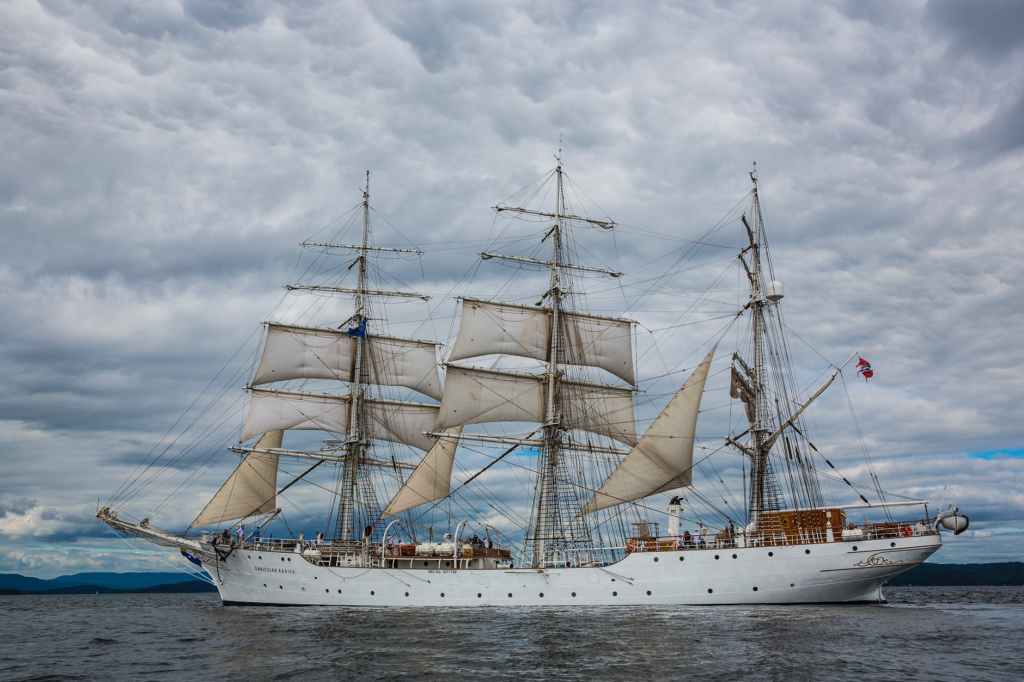
Plastic pollution is one of the biggest threats to ocean life. While images of chairs and tires on the seafloor can get a visceral reaction, it’s the small stuff that will cause the biggest problems. Plastics don’t truly degrade, but break into smaller and smaller pieces until they become microplastics or microfibers. The chemical additives in these plastics negatively impact ocean life and human health as they’re eaten and move through the food chain. A tidalpunk future will have to deal with this legacy of waste.
Microfibers are fibers smaller than human hair shed when cloth wears down. While all microfibers can have potential hazards, plastic microfibers like polyester have the added threats of never breaking down and leaching chemicals like endocrine disruptors. At the Mid-Atlantic Marine Debris Summit in July scientists presented work on microplastics and and other sources of human trash in the ocean. I was surprised to learn that dryers, and not just washing machines can be a source of microfibers. There are now some microfiber filters available like the Cora Ball, Guppyfriend bag, or Lint LUV-R for catching microfibers from the wash.
Microplastics come from many sources, but single-use plastic packaging is especially prolific. Some scientists have called for a global ban on virgin plastic since plastic is an inexpensive byproduct of fossil fuel extraction and there is no incentive for the material to return to the technical nutrient cycle. Moving forward, we need to drastically reduce the use of plastic to prevent further proliferation of microplastics. Holly Grounds’s dissolving ramen packet is a great example of rethinking packaging design. Another promising development is plastics that can actually biodegrade outside of a high temperature composting operation.

Plastic wasn’t always a throwaway material, and Precious Plastic designs open source machines for processing and reforming waste plastics into durable goods. Communities in the developing world are finding ways to repurpose the waste dumped on their countries by the rest of the world. You can check out organizations like Surfrider or Plastic Oceans for other ways to help.
YES! did their entire summer issue on the plastic crisis, so I’d encourage you to check out their coverage. If you want to learn more about the current lifecycle and impacts of plastic, I’d suggest The Story of Plastic as an introduction and the longer and NSFW This Week Tonight piece on plastics as a good follow up.
While you can reduce your own use of plastic to some extent, unless you are dedicated to going zero waste, plastic is almost unavoidable in everyday western life. This is a big issue, and I feel that it’s something we’ll be dealing with for generations, even if we stopped using all plastics now.
How can we build a plastic-free future? Share your ideas below!
This is Part 4 in our feature on tidalpunk for August. See Part 1: Can Maritime Shipping Go Tidalpunk?, Part 2: Tidalpunk Food – Fishing and Farming the Sea, and Part 3: Tidalpunk Energy – Offshore Wind in the US.















